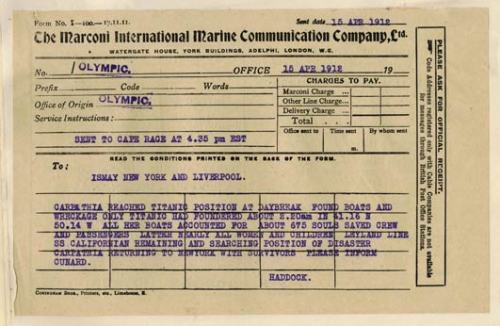MOM Chennai HAM's Eyeball had on 10/10/2014 @ Semmozhi Poonga / Old Woodlands
drive inn (Park)
18
HAMS attended the meeting which started at 1730 Hrs Ended 1830 hrs.
Following
points were discussed.
Purpose
of this informal meeting was basically to have eyeball and improve HAM activity
in our city.
- Refresh database of HAMs in Chennai for effective
communication of info regarding activities. VU3USI volunteered to create a database . Meanwhile VU2GMN,
VU3MOA, and few others assured to send database they have in this regard.
- To promote HAM activities like Field day, Fox
Hunt, JOTA, etc.
- Frequency of such meeting is fixed as bi-monthly
– Every Second Saturday. Accordingly next meeting date is fixed for 13th
December 2014, by which time we will be able to communicate to almost all
hams. Venue is also fixed which will be communicated a week before the
meeting by email , VHF net and WhatsApp / SMS.
- Net/Timings, On the air quiz, Sunday special, and
better activity on AIR to be looked at.
- Introduce support for New/existing hams to come
on air by providing assistance like making cable, antenna, etc. VU2PTR,
VU2GMN & VU2ABS, VU2DPN, VU2DH came forward to provide such technical assistance
to promote HAM activity in our city.
- SIARS, Pallikaranai by VU2GHB OM Hari & Sinosh – to intimate them about our efforts to improve activities and to
join hands with us.
- Assistance and support for renewal of License
from WPC or any such supports – VU2DH came forward to extend support.
- Repeater at Madhuranthakam – VU2SDU want support
in installing the repeater, which will be done soon and will be a main
agenda for next meeting. Meanwhile, this will be discussed separately and
extend support.
- Support to ARSI – Request all hams to be a member
of ARSI and send article and photos for publishing it in their
e-bulletin/news letter.
- HFI 2014 – Almost 15 HAMS from chennai is
attending HFI Hyderabad.
- SWL – Vipin Shankar who is maintaining HAM BLOG,
continued to extend support by inserting article and happening among us.
With
next 2 meetings, it is presumed that HAMs will be more active with usual
programs and activities. Floor was opened for free discussion thereafter for
fellowship and disbursed.
Following
are the hams attended the meeting:
VU2PTR,
VU3MOA, VU2GMN, VU2CDV, VU2INA, VU3USI, VU2SVF, VU2SDU, VU2OLA, VU2DH , VU2LSW VU2ABS , VU2HBI , VU2ASB , SWL Vipin , SWL Neelakandan.




























.jpg)















